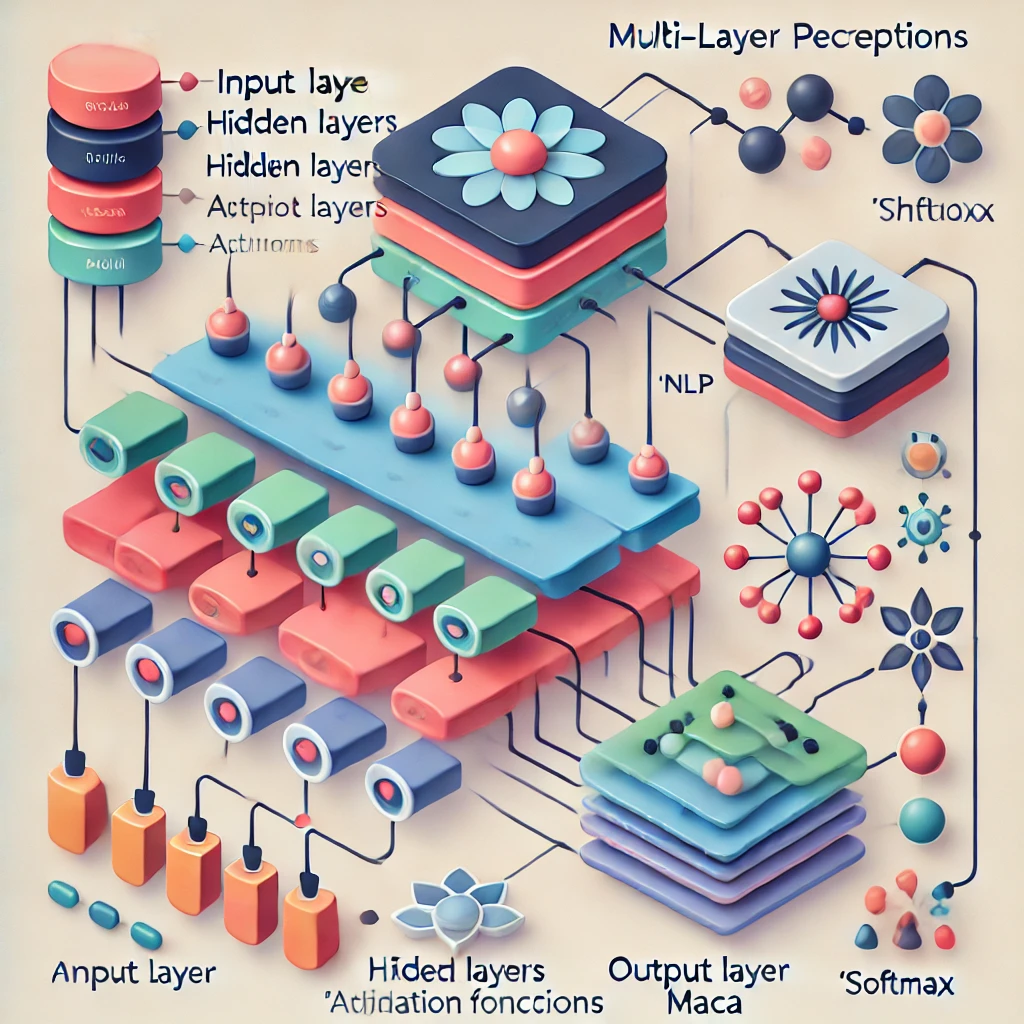Ginseng (Panax ginseng)
List of Adaptogens and Benefits

Adaptogens for Anxiety and Depression

Adaptogens for Energy

Adaptogens for Sleep

Adaptogens for Stress

Adaptogens for Supporting Cognitive Function

Adaptogens for Supporting Immune Function

Adaptogens for Weight Loss/Management
All adaptogens must support the body’s ability to adapt to stress and maintain homeostasis, as well as remain non-toxic when taken in low doses. However, each adaptogen may offer benefits that support different types of stress response.
- Ashwagandha
- Rhodiola
- Ginseng
- Eleuthero
- Schisandra
- Chaga
- Lion's Mane
Bioactive compounds
Ashwagandha contains various bioactive compounds, including withanolides (such as withaferin A), alkaloids (like somniferine), saponins, flavonoids (such as quercetin), fatty acids (like oleic acid), phenolic compounds, and terpenes, which contribute to its adaptogenic, anti-inflammatory, and antioxidant properties.Recommended Dosages for Adaptogenic Herbs
The typical dosage for ashwagandha root powder is 1 to 6 grams per day, often taken in divided doses with meals, while the standardized extract dosage is 300 to 600 mg per day, usually standardized to contain 1.5-5% withanolides, and it is recommended to start with a lower dose and consult a healthcare provider before starting any new supplement regimen.ChatAI

Supports the search for plant knowledge
Ask any question you have, and you'll receive a response based on a specialized language model that has been meticulously trained on a vast collection of scientific studies, academic literature, and research papers. This means that the model is equipped to provide well-researched and evidence-based answers, offering insights from a range of scientific fields including biology, chemistry, physics, medicine, engineering, social sciences, and more. Whether you need help with complex concepts, practical applications of research, or up-to-date scientific findings, this system is designed to assist you with high accuracy and depth.

Deep Learning Test
Our approach to personalizing adaptogen recommendations is based on utilizing artificial intelligence through a multi-layer perceptron (MLP) neural network. Users participate in an interactive test, with their responses being analyzed by our machine learning model to provide precise and individualized suggestions for the best adaptogens based on their health and lifestyle.

Personalized recommendations – Discover which adaptogens are best suited to your health needs.

Fast and precise results – Get tailored supplement suggestions in just a few seconds.

Advanced AI technology – Our test leverages machine learning (MLP) to provide accurate recommendations.

Hormonal analysis - the ability to include cortisol and hormone levels, as well as vitamin levels and other indicators in the evaluation of test results - based on a laboratory test. Coming soon.

Drug interaction assessment – Analyze potential interactions between adaptogens and your current medications.

Knowledge base integration – The test draws on a vast scientific database to ensure the best possible results.

Lifestyle-based customization – The test takes your lifestyle into account to recommend the most suitable adaptogens.

Deep Learning Workflow
7 data inputs
Cortisol Level Input: Continuous numerical values (e.g., serum cortisol levels).
Introduction of other indicators: Continuous numerical values (e.g., testosterone, estrogen, magnesium, etc.). Coming soon.
Genetic Information Input: One-hot encoded features or SNP (Single Nucleotide Polymorphisms) data from genetic analysis. At a later stage of model development.
Inflammatory Biomarker Input: Continuous numerical values (e.g., CRP levels). Coming soon.
Medication Interaction Input: Categorical input representing the list of medications and potential drug interactions.
Psychometric Data Input: Scaled scores from personality tests and stress level assessments.
Sleep and Activity Input: Continuous values from wearable devices, such as sleep duration, activity level, and recovery metrics.

The neural network is designed to accept all 7 input data points. However, if the user provides only 3, the remaining inputs are set to a default value (e.g., zero). The model has already been trained to handle missing data by focusing on the available information.

Let's work together!
takzen@takzen.pl
Address
Koscian, Poland
Phone
+48 690 929 472

